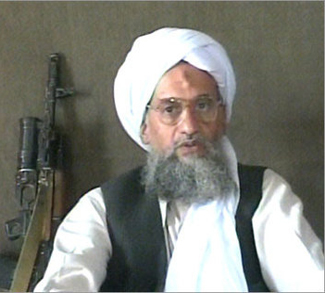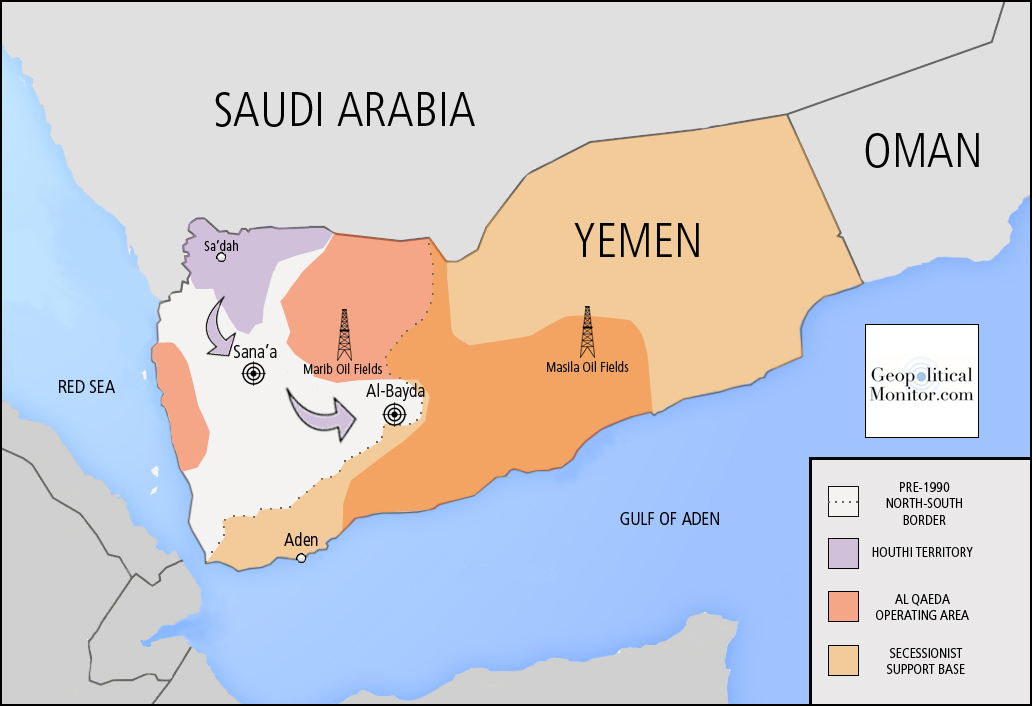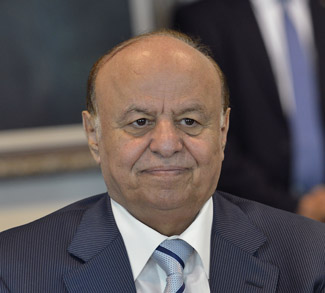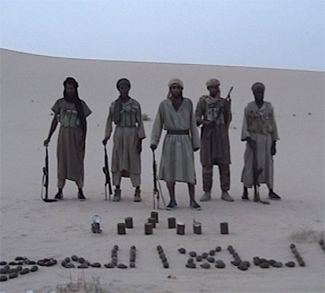Over the course of three decades, Al-Qaeda has undergone a number of changes. Faced by an alliance of powerful governments and the Islamic State, a new change is required. What it will be, we do not know with certainty, but we will find out soon.
In a 55-minute video released in September 2014, the leader of Al-Qaeda announced that the movement was expanding into India. Emir Ayman al-Zawahiri assured Moslems in Burma, Bangladesh, in the Indian states of Assam and Gujarat, and in Kashmir, “that your brothers” in the militant organization “did not forget you and that they are doing what they can to rescue you.”
Zawahiri explained that creating the Qaeda al-Jihad in the Indian Subcontinent had taken more than two years to complete. It is Al-Qaeda’s first Asian branch.
The declaration came two months after Baghdadi, in his black cloak of Caliph Ibrahim, proclaimed his hegemony over Afghanistan, Pakistan, and the one hundred and seventy-five million Moslems of India. During the fifty-five minute video, Ayman al-Zawahiri said nothing about the rival Islamic State. Instead, Ayman al-Zawahiri repeated his allegiance to Mullah Omar, the leader of the Afghan Taliban. At the time, he appears not to have known that Mullah Omar had died nearly a year and a half earlier.
After Ayman al-Zawahiri released the September 2014 video and disappeared for the next eleven months, the rumor mill produced stories that he had died, or had been removed in a coup, or was planning some spectacular event. The failure of the emir to praise the Yemeni branch of Al-Qaeda for the successful attack in January upon the satirical magazine Charlie Hebdo was unusual. Failing to eulogize the death by an American drone in June of Nasir al-Wuhayshi, the leader of the Yemeni branch and his chosen successor left many members worried because the movement was under attack by the Islamic State in Afghanistan, Libya, Yemen, and Syria.
The return in August of the emir in a ten minute video did not explain the reason for his absence. In it, he pledges his allegiance to the new leader of the Taliban, Mullah Akhtar Mansoor and eulogizes the late Mullah Omar. The surprise that might explain the reason for the disappearance was the disclosure that Al-Qaeda was following the Taliban back to Helmand Province in Afghanistan from where it had fled fourteen years ago.
One other surprise was the introduction of Hamza bin Osama bin Laden in a ten minute video that was recorded in May and released on August 19. The twenty-four year old son of Osama Bin Laden praised the martyrs to the cause, urged more attacks upon the United States, and pledged his allegiance to Mullah Omar.
His introduction comes at the time when Al-Qaeda is undergoing a transformation.
A recording by Ayman al-Zawahiri released this September and believed to have been made around February reflects the shift in Al-Qaeda’s strategy. “Despite the big mistakes [of IS], if I were in Iraq or Syria I would co-operate with them in killing the crusaders and secularists and Shi’ites even though I don’t recognize the legitimacy of their state, because the matter is bigger than that.” Abdullah bin Mohammed, who is an Al-Qaeda theorist, is proposing that the strategy of recent years has been a failure and that change is necessary.
Jabhat al-Nusra’s second-in-command Abu Mariah al-Qahtani of the Syrian branch of Al-Qaeda voiced his support for the strategy that Abdullah bin Mohammed calls “political guerrilla war.” He opposes confronting the far more powerful states that can overwhelm the movement or the creation of caliphates that are easy targets for superior military forces.
Political guerrilla war advocates the merging of the Al-Qaeda movement within a coalition of Jihad organizations. Abdullah bin Mohammed’s methods appear to have been put into operation in Syria.
Jabhat al-Nusra, which is strongest in Idlib province, had joined with a number of other Jihadist groups to form the Army of Conquest. The united force captured Abu al-Duhur airbase after a two-year long battle for the last remaining government military base in Idlib province.
The formation of the Army of Conquest has received approval from the Turkish, Saudi Arabian, and Qatari sponsors who are providing financing and fresh supplies of weapons. There, however, are reservations by other Jihadist groups about including Al-Nusra in an alliance.
Responding to the doubts, Ayman al-Zawahiri earlier this year outlined in a secret communication the strategy for the Syrian branch. A strategic shift that is causing a schism within the organization is focusing upon Syria and abandoning the traditional objective of targeting the far off enemy, meaning the U.S.
Ayman al-Zawahiri instructed the leadership of Jabhat al-Nusra’s to adapt to the local cultural and political environment by coordinating more closely with other Islamic groups. The movement is to promote a Sharia legal system and to strengthen its base within Syria.
Directing Jabhat al-Nusra to abandon plans to attack the far off enemy will have little effect upon the Syrian-based branch, because it has been the Yemen franchise of Al-Qaeda that was responsible for the Charlie Hebdo attack in Paris and attempts to send bombs to the United States. There is no evidence that the shift in policy to localize operations has been extended to AQAP in Yemen. Going by the first public statement of Qassim al-Raymi released in early July, the new military leader of AQAP is calling for more attacks upon the United States.
The real change for AQAP has come as a result of the Saudi Arabian invasion of Yemen in March. So far, the Saudis are ignoring AQAP and the Al-Qaeda branch is avoiding contact with the Saudis.
This is a time of consolidation for AQAP.
The movement has taken control of the southeastern province of Hadramawt, which is the ancestral territory of Al-Qaeda founder Osama bin Laden. Al-Qaeda militants are enforcing Islamic sharia law throughout the province.
About the time that Saudi Arabia launched its invasion of Yemen, Iran released in a prisoner exchange with AQAP five of the organization’s key leaders. The loss of so many of the Yemen branch of Al-Qaeda’s key personnel to drone attacks makes the return of these five a needed infusion of vital management; and their return makes AQAP more dangerous.
Saif Al-Adl is viewed to be the most dangerous of the five. The former colonel in the Egyptian army has a five million dollar bounty on his head. He is believed to have been involved in the 1998 bombings of US embassies in East Africa.
Abu Mohamed al-Misri was involved in much of the Al-Qaeda operational planning before the attack upon the World Trade Center in 2001. Abul Qassam was a colleague of Abu Musab al-Zarqawi, who was involved in the founding of the organization that became Islamic State. There are also Sari Shibab and Abdul Khayr al-Misri.
So long as the Saudi Arabian military coalition is occupied with fighting the Houthis, Al-Qaeda in Yemen has a license to continue consolidating its position. Eventually, it is more likely that it will be the Saudis and their allies who will be forced to abandon the battlefield. That will leave the Houthis, Al-Qaeda, and the growing Islamic State to battle each other.
What remains an open question is why Hamza bin Osama bin Laden was placed center stage at this time. The simple answer may be that he can provide the organization the psychological link to the man who many consider to be the founder of the Jihadist movements, the man called the Lion of Jihad; but is the son the Lion’s cub?
Osama Bin Laden made his reputation by performing a number of spectacular terrorist feats. If Hamza bin Osama bin Laden is to be accepted as a leader capable of rivaling the caliph of the Islamic State, he too must make is mark by some grand blow against the enemy. Al-Qaeda has spoken about attacks against vital Western symbols, such as Big Ben in London or the Eiffel Tower in Paris, or the Vatican in Rome. There are many other potential targets; and we should not be surprised if Al-Qaeda presents the son as the second coming of the father.
The opinions, beliefs, and viewpoints expressed by the authors are theirs alone and don’t reflect any official position of Geopoliticalmonitor.com.




